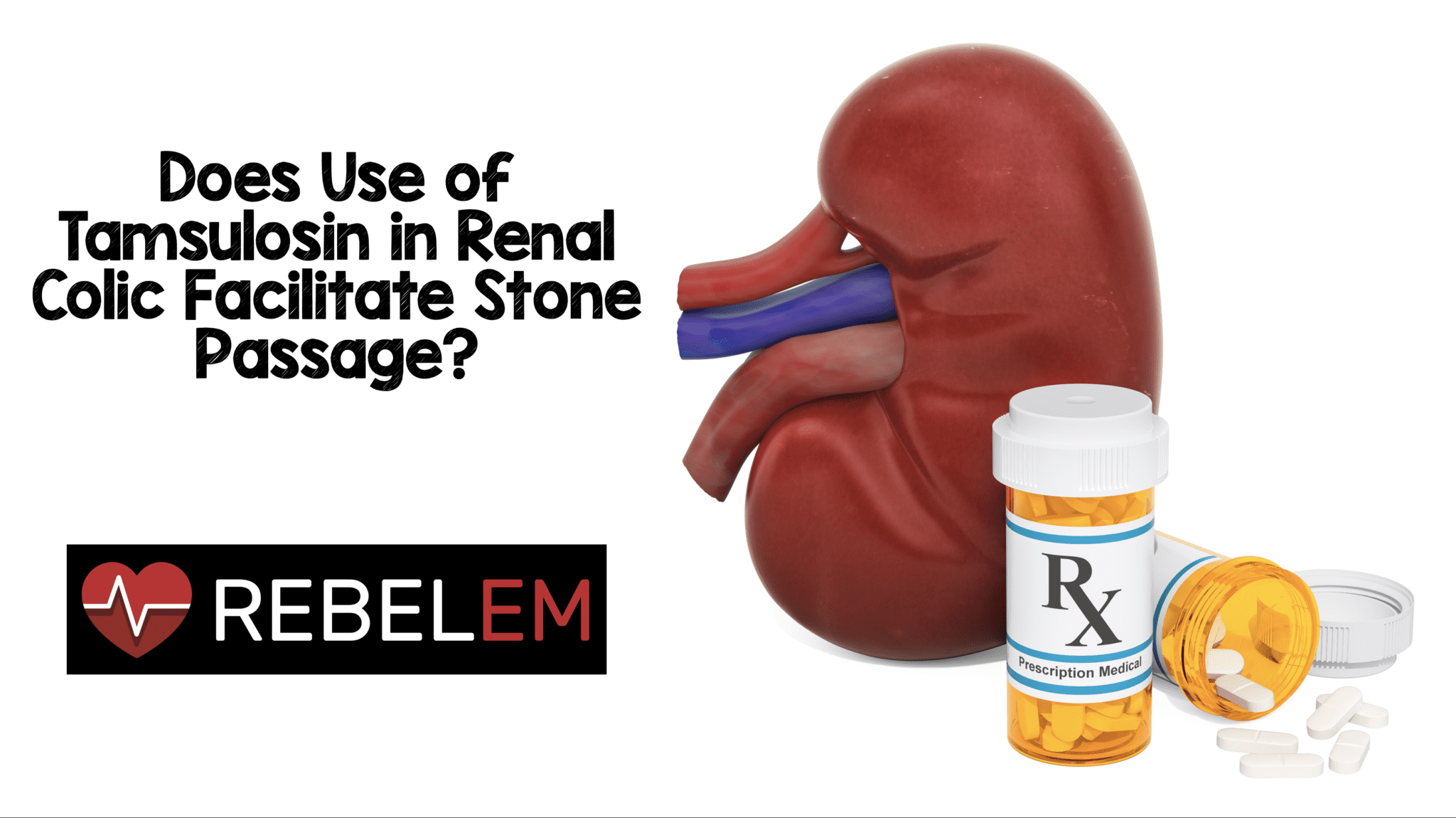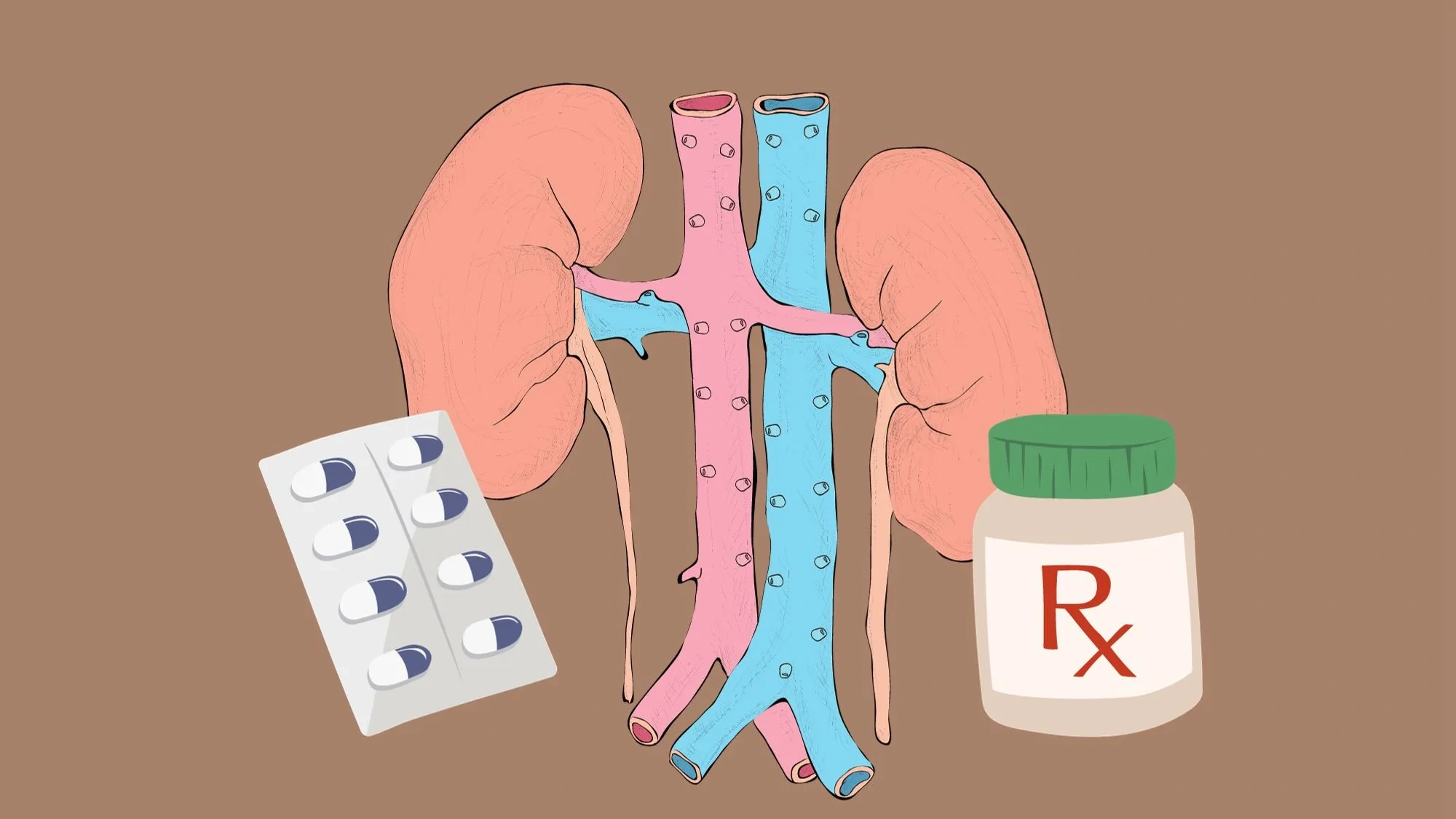The Dreaded Waiting Game
You know that wild, unexpected moment when life hits pause and all you can focus on is the monster pain in your lower back? If you’re reading this, I’m guessing the universe has dropped a kidney stone-sized boulder smack into your plans. Tamsulosin (maybe you’ve heard it called Flomax) might be the new word on your prescription bottle, but the main question you probably have is… how long does tamsulosin take to work for kidney stones? And can it please hurry up?
Trust me, you’re not alone in this. My brother called me at midnight last month, pacing his kitchen, half crying and half cursing, desperate for that magic window when the pain would back off. So if your thoughts are ping-ponging between “Is it working yet?” and “What if it doesn’t?”—let’s have a real talk about timelines, what you can actually expect, and all those little things your doctor might forget to mention.

Why Tamsulosin Gets the Nod
If you’ve been prescribed tamsulosin, it’s probably because your doctor wants to give your body a fighting chance to “evict” those stones naturally—without surgery or zappy procedures. But why this med? Tamsulosin works by relaxing the muscles around your ureter (that skinny tube carrying pee from your kidney to your bladder). Imagine loosening the drawstring on a stubborn laundry bag so a rock can slip out. That’s the vibe.
Fun fact—or maybe more like a not-so-fun fact: The drug was designed for an entirely unrelated reason (prostate problems), but doctors soon noticed it could “loosen things up” for kidney stones, too based on how it acts on smooth muscle. It doesn’t dissolve the stone, just makes its path less of a horror show.
And, especially if your stone is 5mm or larger, research says tamsulosin is more likely to help you pass it a bit faster—plus you might need less pain medication (see this big review of over 6,000 cases and a practical breakdown). But, heads-up, it’s not a stone-destroyer. Just an escort.
Quick Reality Check: Is It Really Better Than Just Waiting?
| Treatment Option | Typical Stone Passage Time | Who It Works Best For |
|---|---|---|
| Tamsulosin | Relief starts in 24–48 hours; average passage in 1–4 weeks* | People with stones 5mm+, lots of spasm pain, not keen on surgery |
| Hydration Alone | Can take 1–3 weeks or sometimes longer, especially with bigger stones | Small stones under 5mm; if you don’t want meds, but might risk more pain |
| Pain Meds Only | Pain relief is quick; passage time unchanged | Great for comfort, but doesn’t speed up stone exit |
*Based on lots of reviews, most people feeling some symptom relief in the first 2 days, but the actual stone may take weeks to pass through. If you want more specifics tailored to your story, checking out Tamsulosin use in females with kidney stones can be helpful—especially if you aren’t a middle-aged man (the original study group for this med).
The Timeline: When Does Tamsulosin Start Working?
Okay, you took your first capsule, maybe with a nervous glance at your water glass. Now what? Let’s talk real numbers and gut feelings. Tamsulosin gets into your system pretty fast—studies show it hits its peak level about 6 hours after you swallow it according to practical guidance for Flomax timing. Some people swear they feel the “clenching” in their side ease up by that evening, while others say it takes a day or two for muscle spasms to chill out.
For actual stone passage, the first few days are all about prepping your body; the stone often doesn’t make its grand exit right away. Most folks feel a noticeable drop in intensity of pain and urgency within 24–48 hours, but the full effect? That can be a slow, suspenseful burn. Yes, some lucky ducks pass their stone within a week. Others hang onto their “rock” for a good 2–4 weeks (and, let’s be honest, some rebels out there pass it even faster or slower—it’s a total roll of the dice).

Does When You Take It Change the Outcome?
Weirdly enough… yes! Doctors recommend taking tamsulosin in the morning, after breakfast—because you get those peak blood levels during the day, when you need to actually pee see this practical breakdown. More importantly, dosing in the morning helps avoid that lightheaded, “whoa, the room’s spinning” feeling some people complain about if they take it right before bed.
My brother, being the night owl he is, tried dosing at night for a week (because, you know, stubborn habits). He kept getting dizzy every morning when getting out of bed until his doctor switched him. Moral of the story? Don’t just wing it—timing matters. If you’re curious about the nitty gritty, there’s a breakdown at Should I take tamsulosin in the morning or at night that totally covers the details most of us forget to ask at the pharmacy.
What Changes Will You Feel First?
Usually, the earliest sign tamsulosin is doing its job is that the stabbing, pee-now-or-cry urgency starts to let up. For my brother, it was the subtle “hey, that crushing spasm isn’t as bad” realization about 36 hours after his first dose. Relief isn’t total bliss—more like the volume knob gets turned down.
Other people tell me they notice things like no more peeing every 5 minutes, or that the pain wave moves from hurricane force to the “grumpy toddler kicking your seat” level. If you’re a woman (or supporting one), it can be tough to tell if it’s working differently for you—some perspectives from Tamsulosin use in females with kidney stones are a must-read for real stories and how symptoms shift.
Personal Story Break: The Stone That Wouldn’t Budge…
Let’s get honest for a second. I had a friend, Rachel, who named her kidney stone (yep, you read that right—she called it “Spike” for three weeks). Rachel felt her symptoms ease by day two of taking tamsulosin, but the stone itself? Still there. She hydrating like it was her full-time job, took every pill at the same time each day, and STILL Spike didn’t make his dramatic exit for almost two weeks. When it finally passed, she sent a photo—her biggest advice? “Trust the process, laugh when you can, and keep a strainer in every bathroom.”
Can Tamsulosin Work Faster? Tips from Real Life
If you’re the impatient type (me, raising my hand here), there are a few things that might help speed things along. First—drink. Water is your new hobby. We’re talking a glass every hour if you can stand it, because every little flush increases your odds of sending that stone packing (Cleveland Clinic confirms water’s critical role).
Staying active (gentle walks, not marathons) helps—think of it like jiggling a stuck coin in a vending machine. Even lemon juice (citric acid is your friend) and warm baths may ease things along. Pain management counts too; take meds as prescribed so you’re not doubled over, waiting for relief, because stress tenses everything up again (vicious cycle, right?).
On an “it worked for me!” note: one guy I talked with swears his nightly routine of warm Epsom salt baths and positive pep talks (“Get out, you stubborn rock!”) got his stone moving. Science? Eh, questionable. But spirit? 100%.
Table: Things That Might Help Tamsulosin Work Its Best
| Action | Why It Matters |
|---|---|
| Take tamsulosin after breakfast | You get steady levels during active hours—less dizziness, better results |
| Hydrate—A LOT | Helps “flush” the stone and gives muscles more chance to relax |
| Take all doses at the same time each day | Keeps blood levels steady, avoids random symptom spikes |
| Try lemon water/citrate foods | Citrate may help prevent stones sticking together |
| Walk when you’re able | Gravity helps the stone work its way down |
What If Your Stone Won’t Budge?
I wish I could promise every kidney stone responds to tamsulosin like clockwork. But, honestly? Some just don’t. If two weeks go by and you feel exactly the same—or any serious symptoms like fever, vomiting, or you can’t pee at all—get help, pronto. (No, really. Those are ER signs!)
Sometimes tamsulosin isn’t enough for extra-large stones (over 10–12mm) or stones in awkward spots. Your doctor might talk about other alpha-blockers or, in rare cases, surgery. If you’re still feeling lost or frustrated, you might find comfort in stories like those on Tamsulosin use in females with kidney stones—the journey is different for everyone, but you are definitely not alone.

How Will You Know It’s Working?
Signs look different for everyone, but here’s what friends, patients, and doctors say usually shows you’re on the right track:
- Pain lessens (from constant agony to “just” annoying twinges)
- No more endless urge to pee
- You actually pee out a tiny stone (and maybe do a weird happy victory dance in your bathroom—no judgment, it happens!)
- You start to feel more like yourself again, energy-wise
Still unsure? Keep tracking symptoms and let your doc know what’s up. And if you’re worried about whether Should I take tamsulosin in the morning or at night works for your routine, it’s always worth a conversation for customized advice.
Wrapping It Up: Hang In There—It’s Not Forever
Kidney stones…it’s a club none of us wanted to join. But if you’re stuck in that in-between, watching the clock and waiting for tamsulosin to kick in, know this—most people feel some relief within 24–48 hours, and studies show that you’re more likely to pass the stone in 1–4 weeks if it’s under about 10mm. Your path may be faster or slower. And if you’re a woman, haven’t found answers, or wondering about what’s “normal” for your case, check out stories and tips in Tamsulosin use in females with kidney stones.
Don’t forget—hydrate. Move when you can. Take your meds on schedule. And hey, reach back out or comment below with your story… because honestly, these little shared wins (and rants) are what make all the difference when you’re living through the waiting game. You’ve got this!


















Leave a Reply
You must be logged in to post a comment.